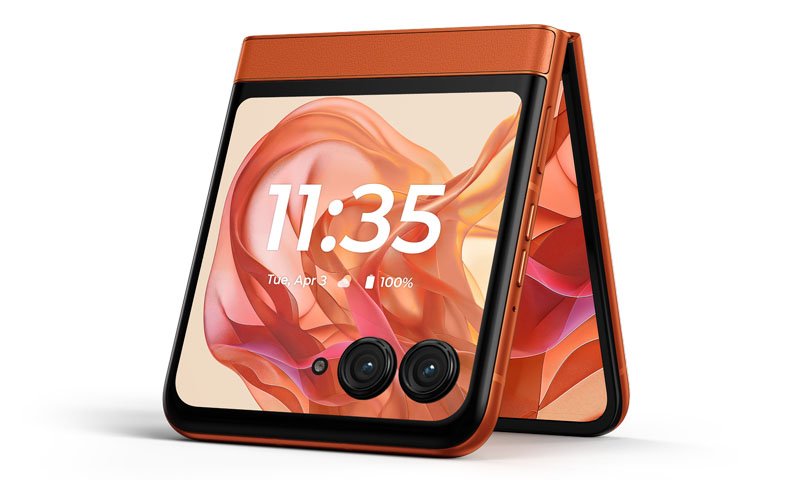That’s the theory behind a recent experiment in which engineers at Cornell University used mushrooms to control machines.
How does it work?
Cornell researchers have sought to explore the potential of using electrical signals produced by fungi to control robots. So-called biohybrids are becoming an increasingly popular topic of interest for engineers.
Biohybrid machines are gaining popularity as fully mechanical robots lag behind animals in terms of efficiency, durability and capabilities. Past experiments have used advanced frog muscles to create a robot or worm tissue that swims on a micropump.
But using tissue from animals (tissue is actually grown from cells, not taken from a living being) requires strict conditions, such as a sterile environment and constant antibiotic infusion. Although hybrid cars use both plants and microbes to overcome this problem, Mushrooms may be even more beneficialMushrooms, for example, can be easily cultivated and survive even in harsh conditions.
To test whether these advantages could be exploited in a biohybrid environment, the scientists grew root-like mycelial structures of the king mushroom, one of the most common fungi on Earth, within a 3D-printed scaffold. Electrodes were placed at the base of the scaffold and the mycelium connected to these electrodes as it grew. The scaffold was then attached to a five-legged, starfish-shaped robot made of hard and soft materials. Associate Professor Robert Shepard of Cornell’s Sibley School of Mechanical and Aerospace Engineering led the new paper, published in the journal Science Robotics.
![]()

Robot used in the experiment / Photo: Robert Shepherd
The mycelium produced electrical signals under the influence of ultraviolet light. When the researchers hit the fungi with flashes of light, they electrically stimulated the electrodes. These were used to successfully control the robot’s legs and force it to stand upright.
To check if the result could be replicated, the team attached the mushrooms to another robot, this time a skateboarder-like robot that moves on wheels. And again, success did not take long to come: When light fell on parts of the mushroom, the robot rolled.
What does it give us?
The experiment was so successful that the researchers began to imagine potential practical applications. Since the fungi used in the experiment continued to respond to the environment for several months, “the potential perhaps for real-world applications” emerged. in agriculture or security”Researchers believe so.
The scientists noted that there are some challenges that need to be overcome before their method can be applied in the real world:
- First, the electrical signals emitted by mushrooms decay over time, and picking up weak signals has proven to be a difficult task.
- In addition, like animals, fungi eventually die, which means new methods of regeneration must be invented for them.
But don’t rush. Even if this technology reaches practical application, that moment is still years away.














